- Joined
- Aug 15, 2000
- Messages
- 18,876
Marty I am glad you mentioned AGS in at least one of your posts. There is actully a seperate one on Fire and Dispersion that would probably have been a more appropriate place for your discussuions.
So to come back to the topic - would you care to comment on AGS's new cut grade system?
Why did they cease to continue to work with you and 8*?
Care to comment on my a stab in the dark at what I believe to be the format for their new system?
It is displayed on a chart in an earlier post on this thread.
BTW - Image adjusted so that all diamonds are close to the same size.

So to come back to the topic - would you care to comment on AGS's new cut grade system?
Why did they cease to continue to work with you and 8*?
Care to comment on my a stab in the dark at what I believe to be the format for their new system?
It is displayed on a chart in an earlier post on this thread.
BTW - Image adjusted so that all diamonds are close to the same size.



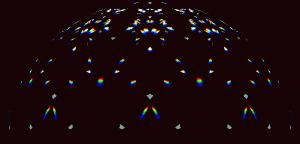
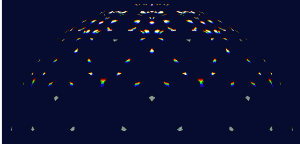
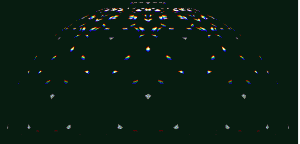
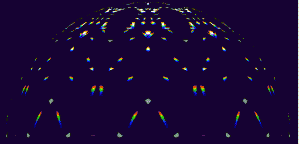
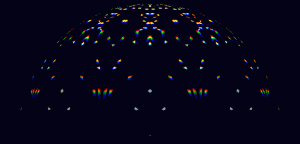
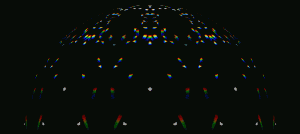
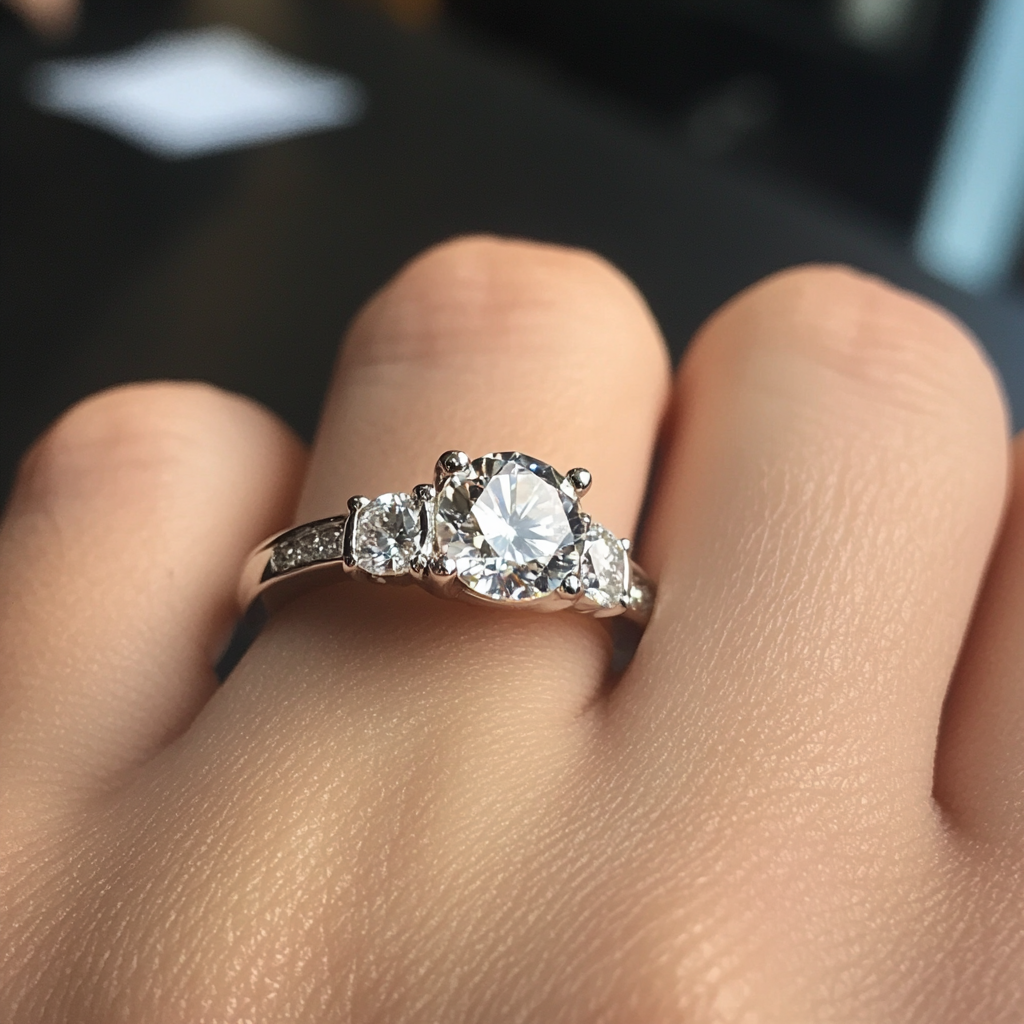

300x240.png)